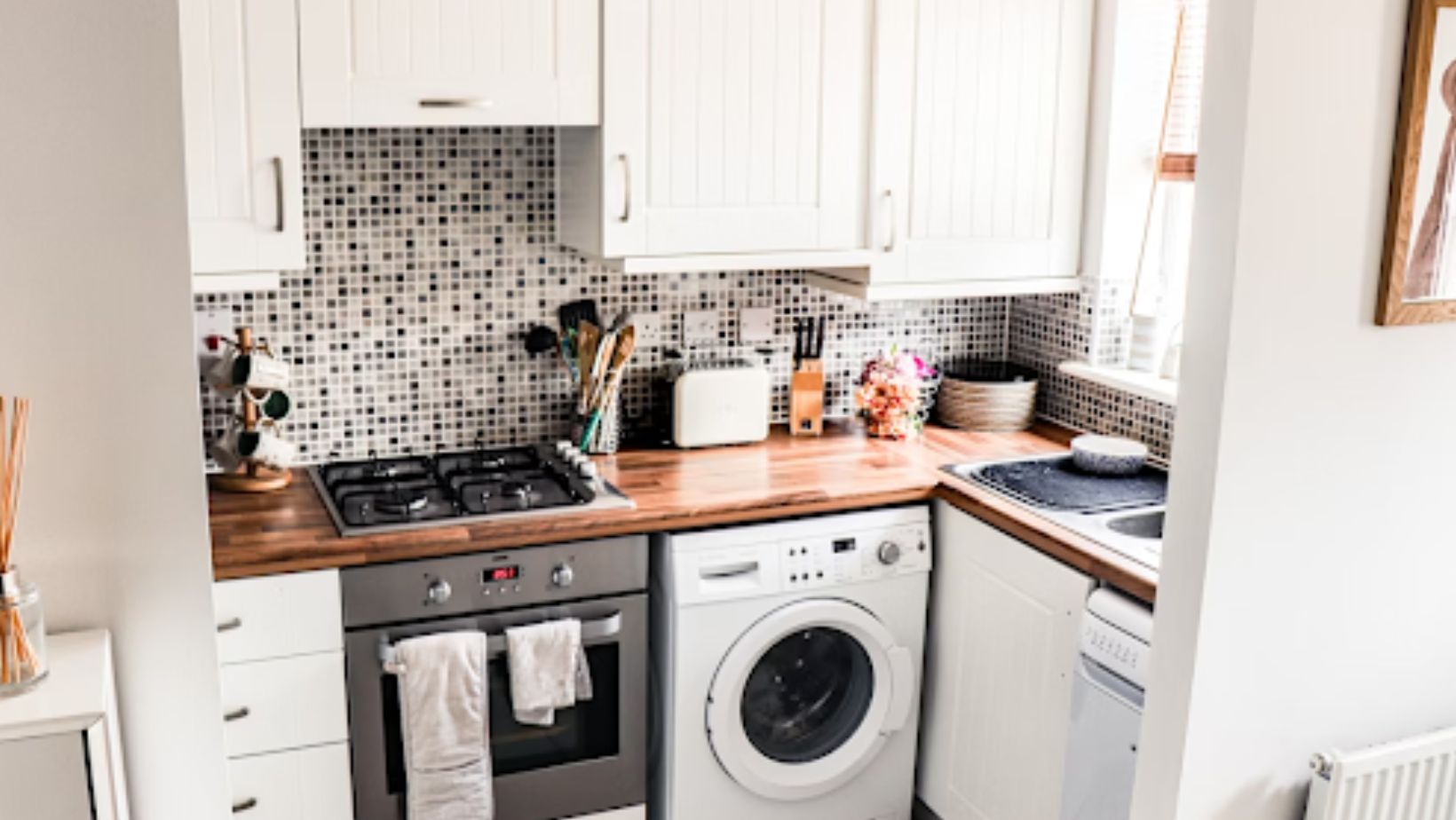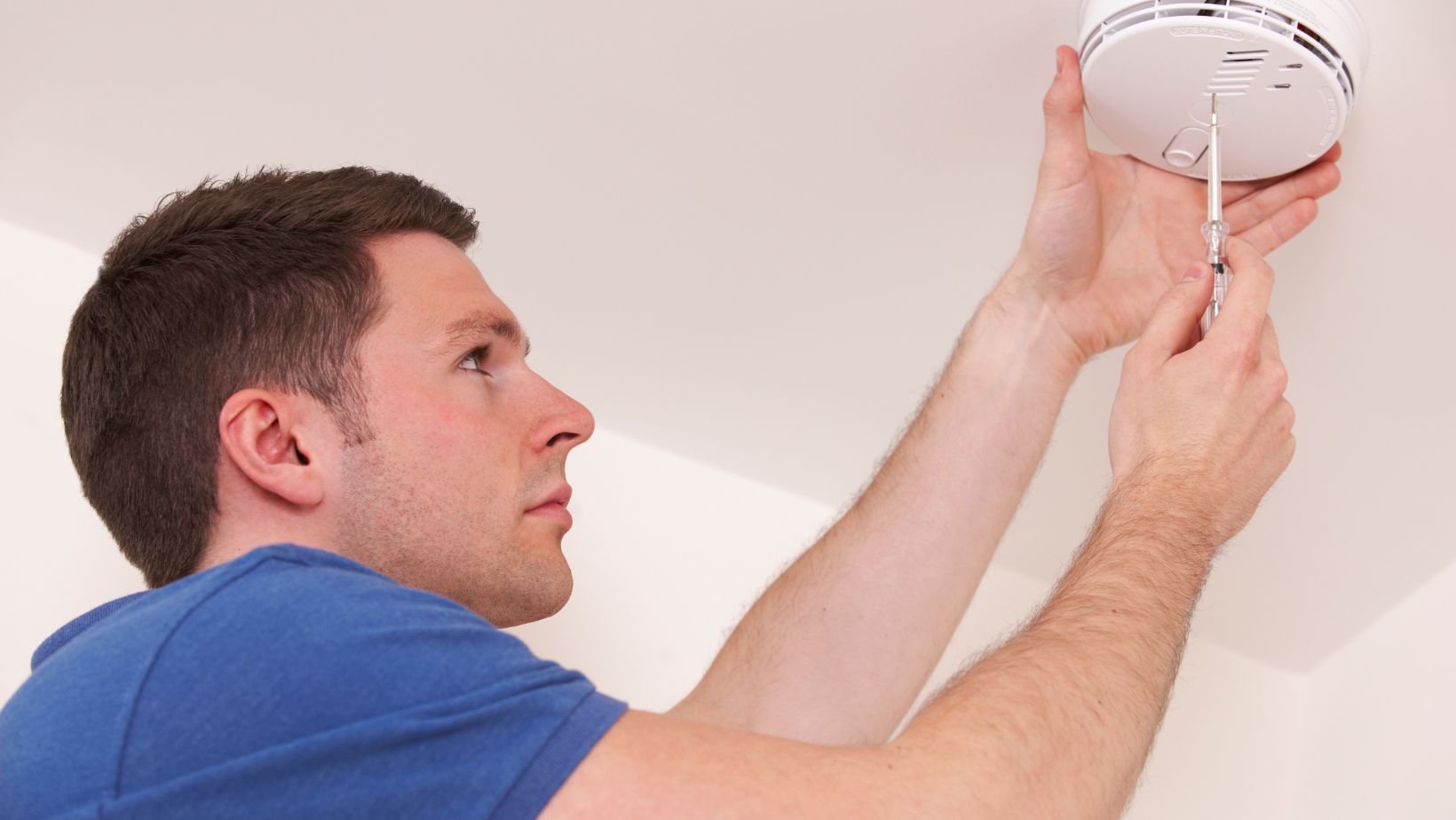
If you live in a rental apartment with gas appliances—like a stove or heater—you may not think much about gas leaks. Most people assume that their landlord handles it. But the truth is, many apartments don’t come with a gas leak detector, and your landlord may not be legally required to provide one.
Gas leaks are silent and dangerous. And if you’re not home when it happens, a basic alarm that only makes noise won’t help. That’s why more renters are choosing Wi-Fi gas detectors—small, affordable devices that alert your phone no matter where you are.
In this guide, we’ll walk you through how to choose one that works for your apartment, doesn’t break your lease rules, and won’t cost a fortune.
What Renters Actually Need in a Gas Detector
Unlike homeowners, renters usually can’t drill holes in walls or make electrical upgrades. You need something simple—plug it in, connect it, and forget it. Here’s what really matters:
- Wi-Fi Alerts
If a gas leak happens while you’re sleeping or out of the house, you need to know. A Wi-Fi-enabled gas detector will send an alert to your phone immediately. This feature is the most important for renters, especially those who live alone or have pets. - Plug-and-Play Setup
Forget anything that says “hardwired” or “wall-mounted.” The best option is a plug-in model that works with a regular outlet. You can set it up in two minutes—no tools, no landlord approval. - Dual Gas Detection
You may not know whether your apartment uses propane (LPG) or natural gas (methane), and landlords rarely explain. Choose a model that can detect both types of gas. That way, you’re covered no matter what. - Portable and Reusable
Since you may move next year—or even next month—your detector should go with you. A good Wi-Fi gas alarm can be unplugged and used again in your next place. - Affordable
Most decent models cost $30–$90. Don’t overspend on features you don’t need, like voice control or fancy displays.
What You Don’t Need to Overthink
Shopping for home gas detectors (such as the ones used in rental apartments) can feel overwhelming—so many specs, brands, and tech terms. But if you’re a renter, you don’t need to understand every feature to make a smart choice. Focus on what matters most to your daily life.
You don’t need a smart home hub or voice assistant integration. You don’t need a touchscreen or air-quality monitor built in. And you definitely don’t need to pay more for fancy features you’ll never use.
What matters is that it alerts you when there’s a leak, works reliably, and fits your space without causing installation problems. That’s it.
Best Places to Install It
You don’t need to overthink placement, either. Just follow this basic rule:
- If your stove or heater uses bottled gas (propane): Place the detector low, about 30 cm above the floor.
- If you have piped gas from the city (natural gas): Place it high, about 30 cm below the ceiling.

Most renters just plug it in near the kitchen, which is good enough for typical apartment layouts.
Quick Comparison: Which Model Should You Buy?
Here’s a simplified breakdown of common types:
| Type | Good For | Avoid If |
| Plug-in Wi-Fi model | Renters who want phone alerts and no hassle | You don’t have Wi-Fi |
| Basic sound-only alarm | Very tight budgets | You want alerts while away |
| CO + gas combo unit | Tiny apartments with space limits | You want accurate gas-only alerts |
| Hardwired alarm | Homeowners | Renters—requires permission and tools |
Real Renter Advice
One renter shared:
“I didn’t even know I needed a gas detector until my neighbor had a leak. I bought a Wi-Fi one online for $60, plugged it in under the stove, and set up the app. A few weeks later, it actually detected a small leak while I was at work. It sent a message to my phone. I called my super, and we fixed it fast. I moved to a new apartment last month, and I just brought it with me.”
Avoid These Mistakes
Many renters waste money or choose the wrong product. Avoid:
- Buying a model without Wi-Fi—it’s useless when you’re not home.
- Choosing a gas-only model when you actually need one that covers both LPG and natural gas.
- Installing it in the wrong spot—check if your gas is heavy (LPG) or light (natural gas).
- Thinking a carbon monoxide detector is enough—it isn’t. You need a separate gas alarm.
Recommended Gas Detectors for Renters
If you’re looking for a reliable, renter-friendly gas detector, here are two practical options. Both are plug-in models that require no drilling or installation tools—ideal for apartment living.
1. GasDog Wi‑Fi Dual Gas Leak Monitor
This smart detector identifies both natural gas (methane) and LPG (propane), making it perfect for apartments where the fuel type may be unclear. It plugs directly into a wall outlet and connects via Wi‑Fi to send real-time alerts to your phone using the Tuya Smart or Smart Life app. It also includes a loud 85 dB local alarm and LED indicators for added safety.
Best for: Renters who want phone alerts, dual-gas coverage, and portability when moving
Price: $70–$77 USD (depending on current offers)
2. Kidde Gas + CO Detector
This plug-in device combines carbon monoxide and explosive gas detection in one unit. It features a digital display, battery backup, and three flexible installation options. However, it does not include Wi‑Fi or smartphone alerts. While it’s a well-known brand, the product is more CO-focused and has received mixed user reviews.
Best for: Renters who want basic local alerts and combined CO/gas detection in one device
Price: $80–$90 USD
Final Tip: Keep It Simple
If you’re not tech-savvy or don’t want to compare 20 models, just focus on what matters.
Most renter-friendly Wi-Fi gas detectors fall in the $40 to $90 range.
- In the $40 to $55 range, you’ll mostly find entry-level models. Some offer Wi-Fi alerts and dual-gas detection, but may lack certifications or long-term reliability. These can work for short-term stays or backup use.
- In the $60 to $90 range, you’ll find better build quality, more stable Wi-Fi performance, app support, and trusted safety certifications. These models are better suited for everyday use in occupied apartments.
Choose a detector that fits your living situation and priorities. Ideally, it should support both natural gas and LPG, connect to a free mobile app like Tuya Smart or Smart Life, and have solid user reviews. While you don’t need to overpay for high-end features, spending a little more for dependable alerts, safer materials, and better app performance is usually worth it—especially if it’s something you’ll rely on every day.
Conclusion
You don’t need to wait for your landlord to care about gas safety. A simple, affordable Wi-Fi gas detector gives you peace of mind—even when you’re not home. For renters, it’s one of the smartest safety buys you can make. You can use it in your current apartment, and take it with you wherever you go next.
Frequently Asked Questions (FAQ)
Q: Can I take my gas detector with me if I move?
A: Absolutely. Most renter-friendly gas leak detectors—like the GasDog dual-gas monitor—are plug-and-play and reusable. Just unplug it and reinstall it in your next apartment.
Q: How do I know where to place the gas alarm?
A: If you’re using bottled gas (LPG), install it low—about 30 cm from the floor. For piped natural gas (methane), install it higher—about 30 cm from the ceiling. Kitchens and near gas heaters are the best locations.
Q: Do all gas leak detectors support both LPG and natural gas?
A: No. Some models only detect one type. If you’re not sure what fuel your apartment uses, a dual-gas detector is the safest choice.


















